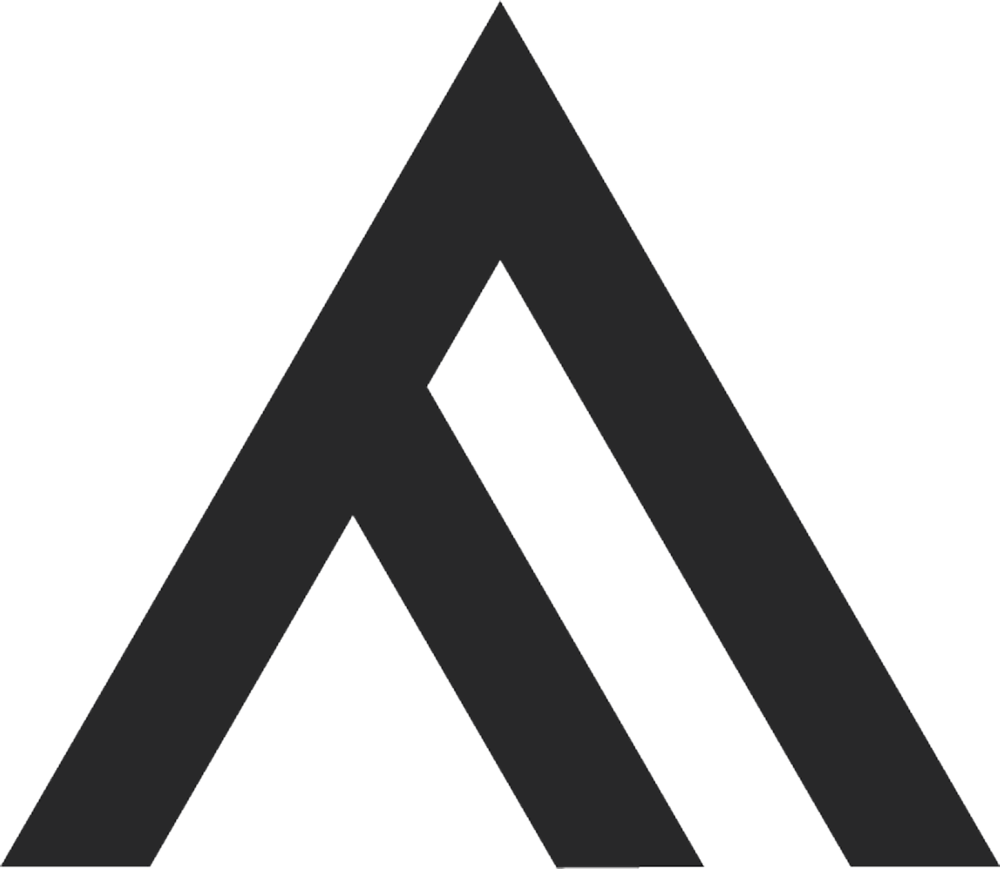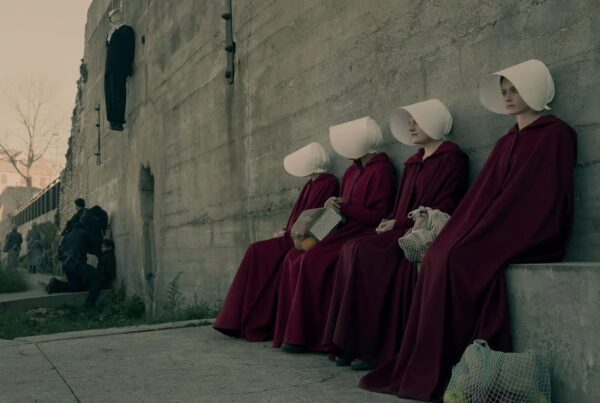
A Case for Authentic Learning in the Classroom
by Josh McHugh, Program Manager, Future Anything
As educators, should we be shifting our focus from perfect final products to developing skills in problem-solving, reflection, and growth? In today’s blog, Josh explores how authentic learning can prepare today’s young people for the world that awaits them beyond the classroom.
We often talk about preparing young people for the future, but what does that really mean? In today’s rapidly evolving world, students need more than just knowledge—they need the skills to navigate uncertainty, adapt to new environments, and solve complex, real-world problems. The challenges they will face won’t be static, and neither should their learning. To truly prepare them for success, we must focus on fostering adaptability, resilience, and creativity. It’s not just about mastering facts or completing tasks; it’s about developing the mindset and tools to thrive in an unpredictable, interconnected, and often challenging world.
That’s where authentic learning comes in. It’s not about students producing a ‘perfect’ final product; it’s about immersing them in real-world problem-solving, iteration, and growth. By valuing the process just as much—if not more—than the outcome, we can create classrooms where learning is genuinely meaningful and visible. So, how do we design experiences that help students build the skills they need to succeed, while also encouraging them to embrace the journey of learning?
Learning in Action: Making Growth Visible
One of the most powerful ways to foster authentic learning is to give students opportunities to document and reflect on their journey. Think of it as shifting from “What did you make?” to “What did you learn along the way?”
Here are some ways to bring this to life:

Learning Portfolios: Instead of a single, high-stakes assessment, encourage students to keep a portfolio (digital or physical) that tracks their progress, iterations, and reflections over time. This could include sketches, drafts, prototypes, video reflections, or even voice memos explaining their thought process. The Seesaw platform allows students to document and reflect on their learning through multimedia, while teachers can track progress.
Think-Alouds and Reflection Videos: Prompt students to record short clips explaining their reasoning, problem-solving strategies, or adjustments they’ve made. Platforms like ScreenPal or even simple phone recordings can make this easy.
Feedback Loops: Build in structured opportunities for peer and mentor feedback. Whether through design critiques, advisory sessions, or industry panels, feedback helps students see learning as an evolving process, not a one-and-done task. The Design Thinking Process offers an iterative approach to solving problems, incorporating feedback loops and feedback opportunities throughout.
Authentic Learning in Practice: A Holistic Approach

At Future Anything, we apply these principles through various hands-on experiences that encourage students to focus on the journey and growth rather than just a polished final product. Here’s a closer look at how we bring authentic learning to life:
Student-Led Exploration
In our Activate program, students engage deeply with real-world problems they care about, diving into cycles of research, prototyping, testing, and refining. This iterative process teaches them that failure isn’t something to avoid—it’s an essential part of progress and innovation.
Another great example of this in action is the Come Play With Us project. In this inquiry-driven initiative, kindergarten students explored the nature of play—not just by studying it, but by redesigning an unused school space into a brand-new play area. Through research, field visits, and hands-on design, they created structures, developed safety guidelines, and even wrote how-to guides for their peers. More than just a playground, this project gave students a tangible sense of ownership over their learning, showing them how their ideas can shape the world around them.
Real-World Problem-Solving
Whether it’s addressing homelessness, environmental issues, or community challenges, students learn how to apply their knowledge and skills to create tangible change. In initiatives like the Big Homelessness Challenge with Orange Sky Australia, students contributed ideas to help shift the organisation’s approach to tackling homelessness, offering fresh perspectives for future strategies. This collaborative process helped students see how their learning can lead to meaningful, real-world impact.
Another fantastic example of real-world learning in action is the Stephanie Alexander Kitchen Garden Program. Through growing, harvesting, and cooking their own produce, students engage in hands-on food education that connects directly to sustainability, health, and community engagement. This immersive experience not only enhances student engagement but also helps them see the real-world impact of their learning—whether it’s understanding the food system, making healthier choices, or working together to create something meaningful.
Beyond just learning how to grow food, students develop divergent thinking skills by experimenting with recipes, problem-solving garden challenges, and exploring creative ways to use their produce. Whether they’re designing composting solutions, reimagining traditional dishes, or brainstorming ways to share their harvest with the community, they learn to think beyond the obvious, generate multiple solutions, and embrace innovation—all essential skills for navigating the complexities of the real world.
Public Sharing with Purpose
In several of our programs, students present their ideas to real-world audiences, including industry experts, educators, and peers. These showcases, like the Future Anything Grand Final, allow students to pitch in real time and compete to earn prizes. Events like these help students understand the impact their work can have beyond the classroom, which reinforces the value of feedback and collaboration while boosting their confidence and communication skills.

Personalising the Learning Experience
One thing I’ve learned? Some of the best moments I’ve seen have come from informal, student-driven initiatives—whether it’s a Year 7 student running a lunchtime workshop to teach others how to code, or a Year 9 group recording a podcast about their learning journey.
And if you’re wondering where to start, the answer is closer than you think. Tap into your school community—parents, caregivers, alumni, and local businesses can all offer fresh perspectives and real-world connections. You’d be surprised at how many people are willing (and excited!) to support students in their learning.
Need some inspiration? High Tech High and the HundrED Global Collection are packed with innovative examples of real-world learning in action. They’re great places to explore what’s possible and spark new ideas for your own classroom.
Final Thoughts: Celebrating the Process of Learning
At the heart of it, our job isn’t just to help students produce great work—it’s to help them see themselves as capable, curious, and resilient learners. By shifting our focus from final products to the rich, messy, and iterative process of learning, we empower students to take ownership of their growth.
When we create learning environments that emphasise the value of the journey—complete with reflections, iterations, and real-world connections—we’re not just preparing young people for the future; we’re helping them build it. And part of that process is connecting students with real people who can help bring their ideas to life. That’s why, in all Activate schools, students have access to an Activator—a person with real-world expertise who’s willing to share their knowledge, insights, and experience. Whether it’s an entrepreneur, scientist, creative, or changemaker, these individuals help students see what’s possible and provide the guidance to take their ideas further.
If you’re interested in becoming an Activator or want to find out more, meet some of our Activators!
So let’s ask ourselves: How can we make learning more visible in our classrooms? How can we create spaces where students aren’t just consuming knowledge? Because when we do, we’re helping students not just learn about the world—we’re helping them shape it.
About the author: Josh McHugh
Josh McHugh, a seasoned educator with over a decade of experience in the education sector, is a Program Manager here at Future Anything.
A key aspect of Josh’s teaching philosophy is his keen interest in design learning. He has consistently integrated innovative design learning strategies into his classrooms, believing that engaging, hands-on experiences are crucial for effective student learning. Josh’s approach emphasises the importance of student engagement and the delivery of high-quality educational experiences.
Future Anything’s Activate in-curriculum program and student workshops build confident communicators of all ages, by empowering young people to develop, and then persuasively pitch, innovative social enterprise solutions to the problems they care about.
Find out more about our programs here.






